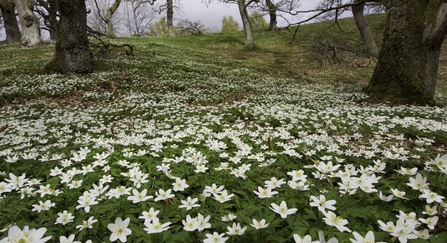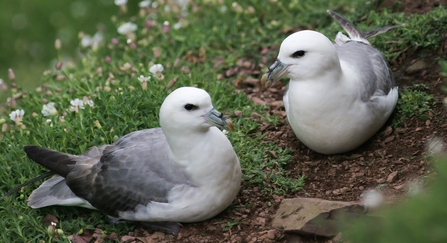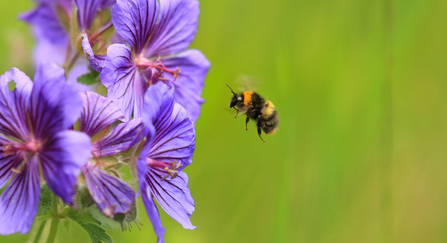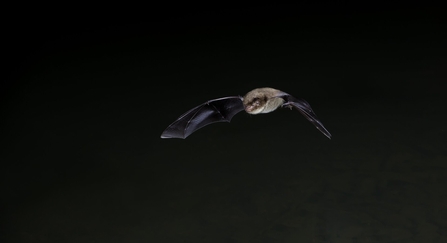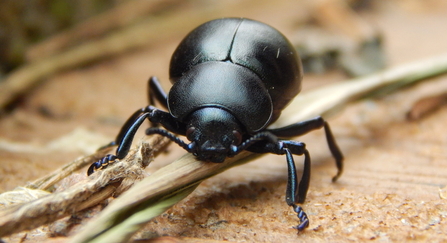1. Wood anemones
April is a fantastic month for spring flowers, like Wood anemones! Wood anemones flower in early Spring before the canopy blocks the sun light reaching the forest floor. Their seeds are usually infertile so they tend to spread through their roots instead, which is a much slower process, meaning it can take 100 years for wood anemones to spread 6ft! This means they’re a great indicator species of ancient woodlands. Look out for a sea of white stars in ancient woods, like Pengelli Forest, Coed Garnllwyd and Castle Woods.

